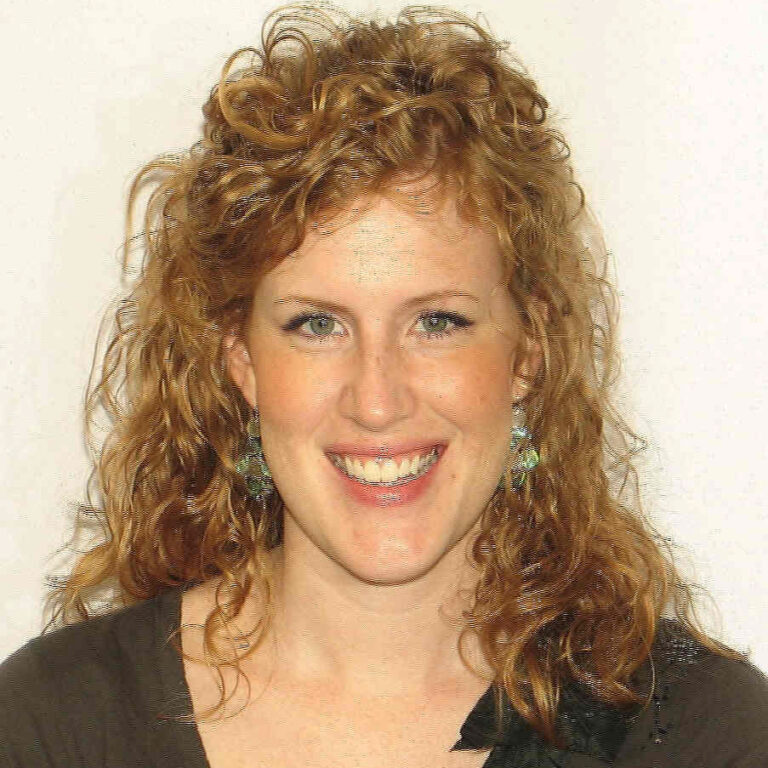Among the younger folk, ‘ghosting’ refers to a sudden and immediate cessation of all communication toward a person, digitally, physically, and on social media. Frankly, this seems like an incredibly immature way to deal with most relationships, but I suppose immaturity in dealing with relationships is not limited to the young folk.
In a different era, ghosting was tied to the Spiritualism movement, which believed that the living could communicate with the dead. People such as Emanual Swedenborg (of Sweden, unironically), a known scientist and clairvoyant, reported he could communicate with the spiritual world and that he could accurately diagnose medical disorders. In the United States, the Spiritualism movement began in March of 1848, in Hydesville, New York at the home of the Fox family. For months, the Fox family kept hearing noises and knockings in their home, disturbing their sleep, and bothering them at all times of the day. One day, the two young daughters, Catherine and Margaretta asked the noises a question, and the noises responded to their yes or no questions. The sisters claimed to have discovered that this spirit causing all the noisy bruhaha in their home was an individual who had been robbed and murdered and buried in their house a number of years before the Fox family moved there. A few hundred curious neighbors and witnesses signed statements that they had heard the rappings at the Fox home and saw the spirit respond intelligently to questions asked.
The Fox sisters went on to become famous mediums and many other women also became mediums as well. They hosted seances in their homes and communicated with the spirit world. To be sure, many seances were performance and a source of entertainment. Yet many people grieved for loved ones, so I imagine that seances provided a form of comfort and closure. Perhaps some really did communicate with the dead. It is hard to say for certain.
A colleague came across an article about Ouija boards in the Northwestern College Beacon, the student newspaper, from January of 1945, almost 100 years after the Fox sisters and famous rappings in upstate New York. “This all powerful one can tell the answers to any question you ask it, even the ones you can’t answer yourself.” The article went on to say, “there are just so many things that students are just aching to know, Things such as: Who is who’s boy friend? How old is somebody? Who will be where and when? Who will marry who? And how old will they be when they get married? How long will somebody teach? When is who’s birthday?” I suppose that social media, had it existed in the 1940s, could have easily answered many of these questions, sans Ouija board. But the article ended by encouraging students to come and find out what Ouija knows… “some of you would be surprised by what we’ve already found out about you. So if you’ve never seen Ouija work, why just come visit us. Most any noon hour you can find Ouija in the ping pong room, just bursting with information!”
In many ways, we have not outgrown our desire for more information. The internet has given us limitless information. But all information is not equal. We struggle even more to discern between reliable and unreliable sources and to separate the truth from fiction. Some may belittle people in the 1840s for thinking they could communicate with the spirits, or college students in the 1940s who got a kick out of asking Ouija for juicy information about the living.
Yet in our information age, we still have not figured out how to separate the hoaxes from the truth.
“Ask Ouija,” Beacon, Northwestern Junior College, January 29, 1945, 1.

